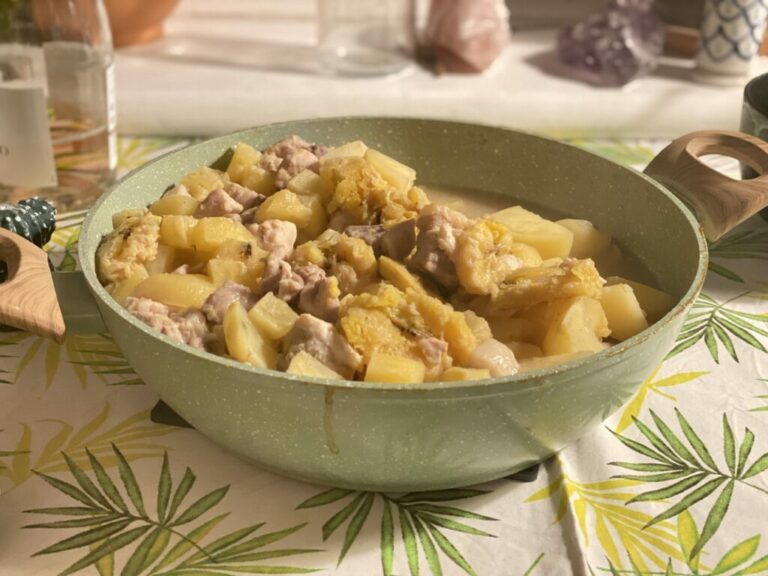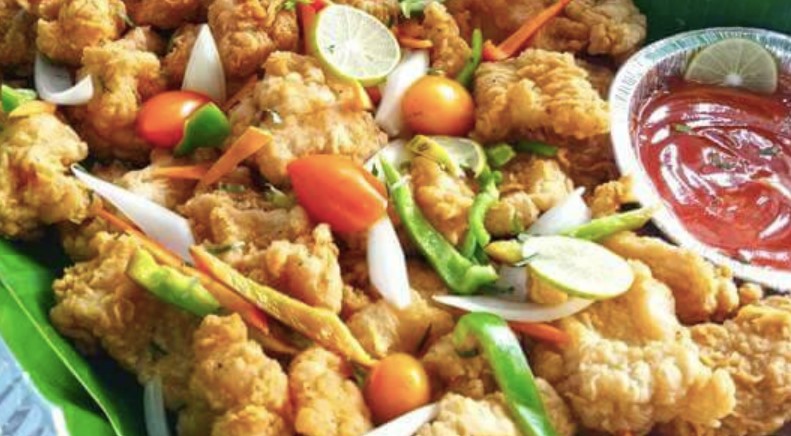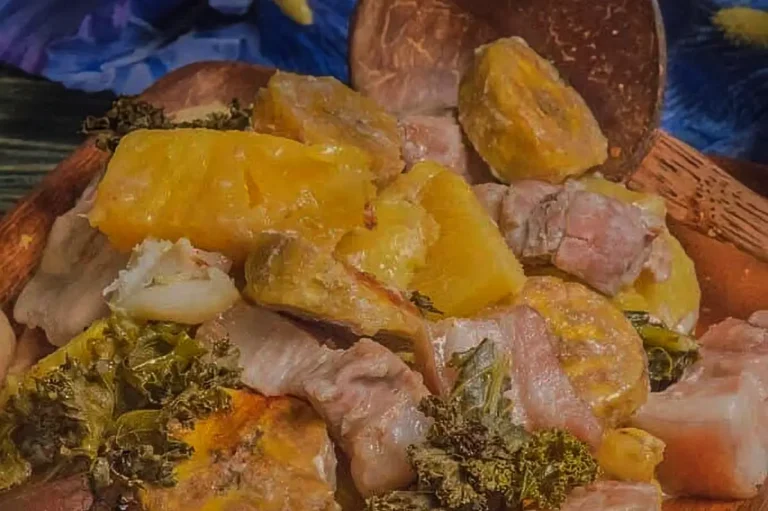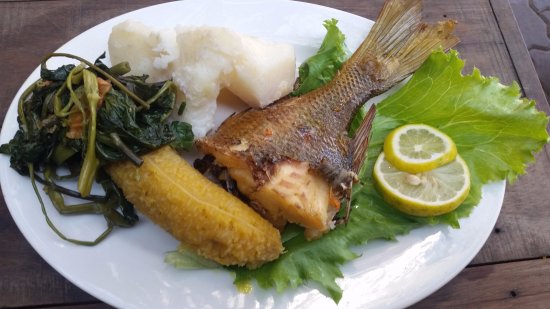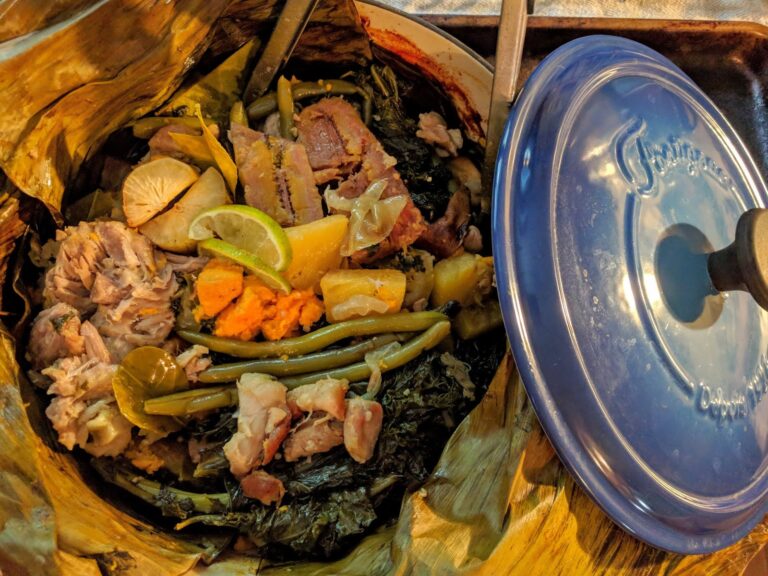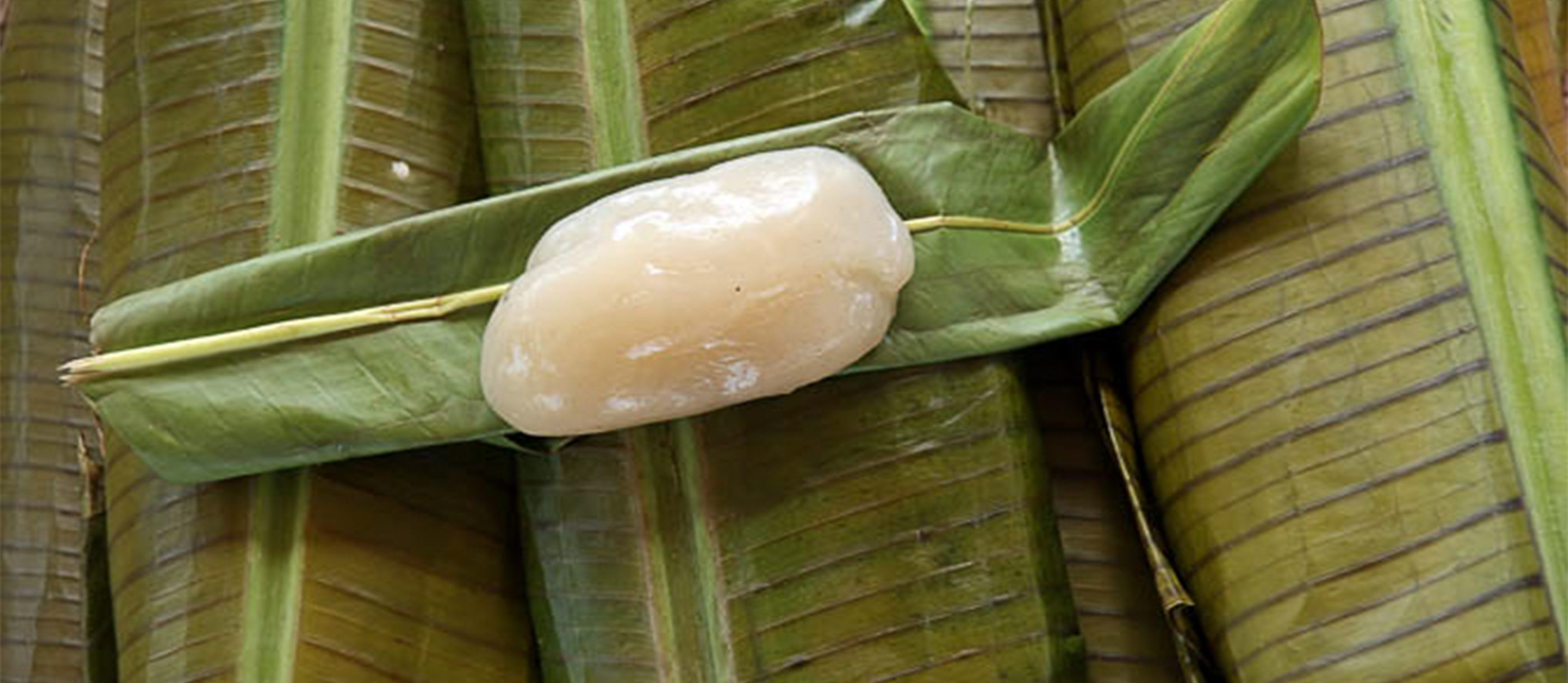Introduction: Discovering the Best of Papua New Guinean Cuisine
Papua New Guinea is known for its diverse cultures and traditions, and its cuisine is no exception. With over 800 languages spoken and numerous tribes, Papua New Guinean cuisine boasts a rich blend of flavors and ingredients. From coastal dishes to highland feasts, the country’s cuisine is a reflection of its people and their way of life.
Exploring the Rich Flavors of Papua New Guinean Cuisine
Papua New Guinean cuisine relies heavily on fresh ingredients from the land and sea. A staple food across the country is taro, a starchy root vegetable that is often boiled, roasted, or mashed. Other common ingredients include coconut milk, sweet potatoes, cassava, and a variety of fish and seafood. The cuisine also features unique flavors from local fruits such as soursop, pawpaw, and custard apple.
Top 3 Regional Specialties to Try in Papua New Guinea
While there are numerous dishes that make up Papua New Guinean cuisine, there are a few regional specialties that stand out. Here are the top three dishes to try:
Kokoda: A Must-Try Dish from the Coastal Regions
Kokoda is a traditional dish from Papua New Guinea’s coastal regions that features raw fish marinated in lime juice and coconut cream. The dish is similar to ceviche and is often served with vegetables such as tomato, cucumber, and onion. Kokoda is a refreshing dish that is perfect for a hot day and is a must-try when visiting the country’s coastal regions.
Mumu: A Traditional Feast from the Highlands
Mumu is a traditional feast from Papua New Guinea’s highlands that involves cooking a variety of meats and vegetables in an underground oven. The oven, called a “mumu pit,” is filled with hot stones and the food is placed on top before being covered with leaves and soil. The cooking process can take several hours, but the end result is a flavorful and tender feast that is perfect for sharing with friends and family.
Sago Worms: A Delicacy from the Sepik River Region
Sago worms are a delicacy that is popular in the Sepik River region of Papua New Guinea. These protein-rich worms are usually found in the sago palm tree and are a staple food for many of the local tribes. Sago worms can be eaten raw or cooked and are often served with vegetables or rice. While it may not be for everyone, trying sago worms is definitely a unique culinary experience for those who are adventurous.
In conclusion, Papua New Guinean cuisine is a diverse and unique blend of flavors and ingredients that is worth exploring. From the coastal regions to the highlands and river regions, there are numerous regional specialties to try. Whether it’s the refreshing Kokoda or the traditional Mumu, these dishes offer a glimpse into the country’s rich cultural heritage.

